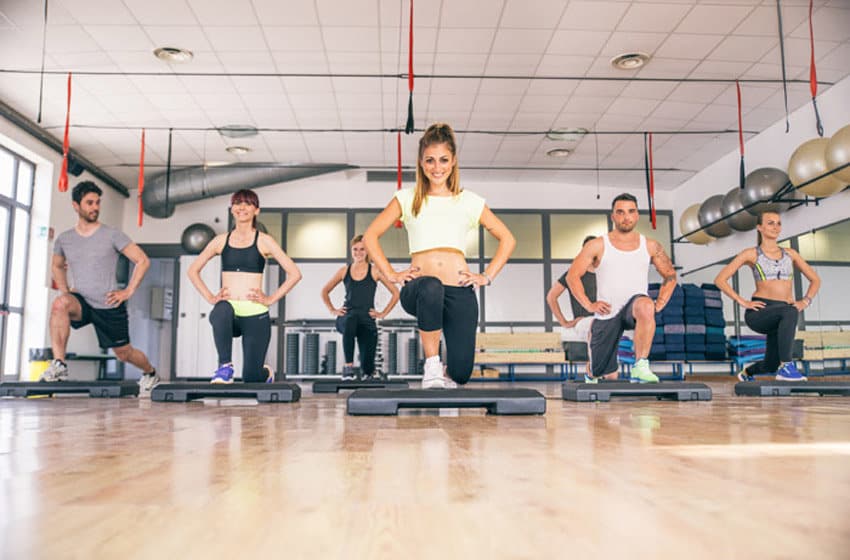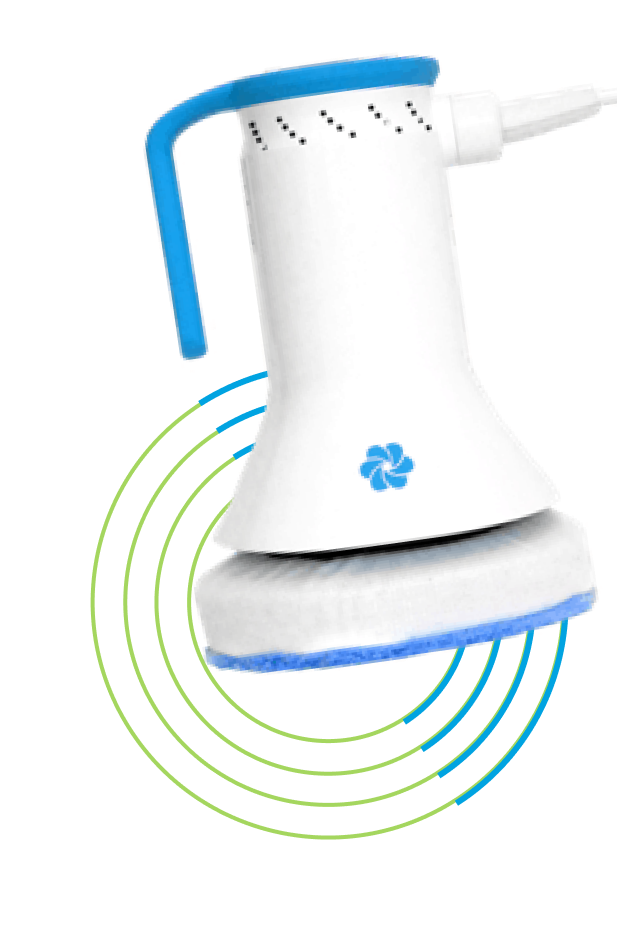Quick Tips for Easing Neck Pain
Do you find yourself with nagging neck pain, especially after a long day at the office? The American Academy of Pain Medicine reports that neck pain makes up about 15% of all commonly reported pain conditions. There are many causes of neck pain, including poor sleeping habits, bad posture, a sudden movement, and too much stress.
While many will reach for over the counter medications to dull the pain, it’s best to address the main source of the problem. Try the following home remedies and tips for easing neck pain.
Pay attention to your posture.
If you’re experiencing pain in your neck, pay attention. Those aches and pains have a source, and in this case, may quite possibly result from your posture. Your muscles work hard to hold your head up. But if you’re not maintaining a good posture, your muscles are working even harder to hold your head up. Whether you’re sitting or standing, make sure that your shoulders are over your hips and your ears are over your shoulders. Try to visualize the top of your head reaching for the ceiling. You will lengthen and elongate your neck.
Identify trigger point pain.
Trigger points are fairly common and are tight knots of muscle fiber that can’t relax. Massaging the trigger point can help loosen up those taught muscle fibers. If you’re using your MyoBuddy PRO® percussive massager, apply the flat spinning disk to the sore area at low to medium speed, using light pressure, for several seconds or until the pain decreases. Remember to breathe deeply as that will help reduce your stress. Haven’t ordered your Myobuddy, yet? Click here to discover the healing power of percussive massage!
Add magnesium to your diet.
Magnesium is an essential mineral that helps contract and relax muscles. Found in certain vegetables, fruits, nuts, beans, peas, soy products, and whole grains, magnesium may reduce neck tension and help you avoid neck pain. You can also absorb magnesium by soaking in an Epsom salt bath or taking a magnesium supplement.
Note: Always talk to your doctor before adding a supplement to your diet.
Try apple cider vinegar.
Apple cider vinegar is known to be a powerful antioxidant and anti-inflammatory that can ease neck pain instantly. Plus, it has a number of important nutrients to eliminate the possibility of nutrient-deficiency related pain.
To apply: Soak a paper towel in apple cider vinegar and place it over the affected part of your neck. Leave it on for a couple of hours; repeat twice daily until the pain subsides. Alternatively, add two cups of apple cider vinegar to lukewarm bath water and soak in it for at least fifteen minutes. Do this once daily until you’re completely recovered.
Employ the healing power of essential oils.
Essential oils have been known to reduce spasms and pain in your neck muscles. Try peppermint oil to reduce muscle spasm, reduce inflammation, and decrease pain. It’s especially great if your neck pain is turning into a headache. Lavender oil will also help to reduce muscle spasm and inflammation, and also makes an excellent stress reliever.
Soothe the pain with ice.
Ice is one of the simplest remedies for neck pain. The cold temperature helps to reduce inflammation and alleviate pain.
Wrap an ice pack (or a bag of frozen peas) in a thin towel and put on your neck for not more than 15 minutes at a time. Reapply every two to three hours for the first 24 hours.
Note: Never apply ice directly on your skin.
Stay Active.
Strengthening your back and neck muscles will help reduce stress and strain. Swimming in particular has been known to have therapeutic effects on neck pain, including providing quick pain relief, reducing inflammation, and increasing mobility.
Avoid Sitting or Standing Too Long in an Unnatural Position
Get up and walk around to alter your position and stretch your muscles. For quick relief, try this exercise: Tilt your head to one side—ear to shoulder—then to the other side, then back to neutral, then turn to look all the way to the right, then left. Switch back to neutral, then lean your head back, then back to neutral. Do this all without raising your shoulders, and don’t stretch forward as this only accentuates the poor posture you’re trying to avoid. Do this exercise slowly, without straining, and repeat.





